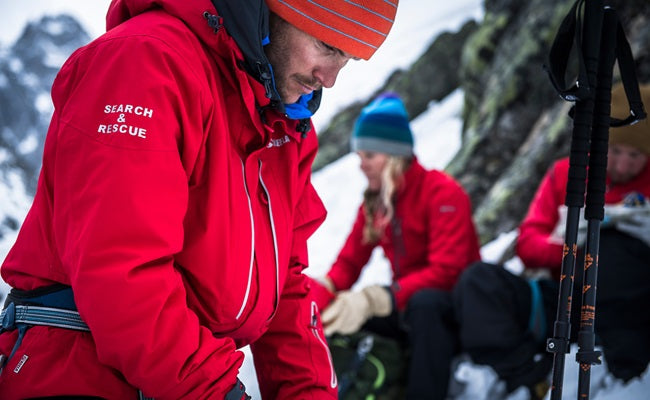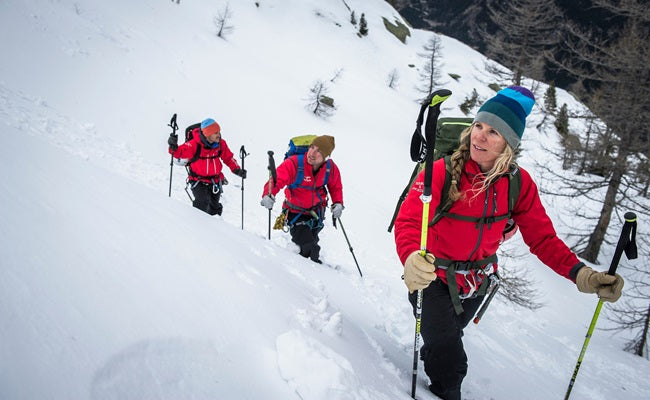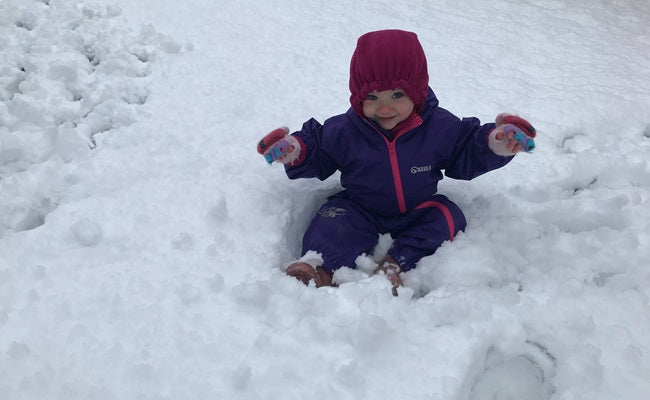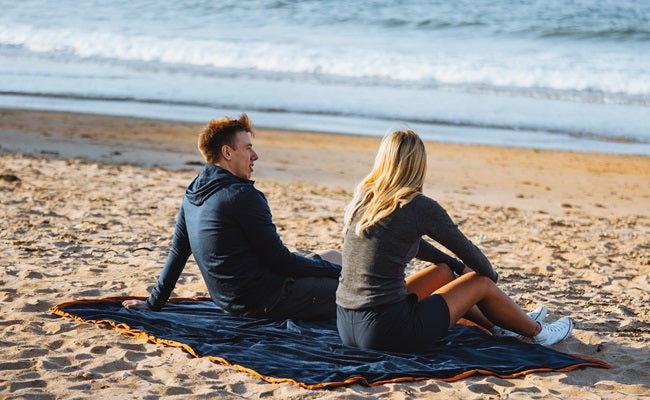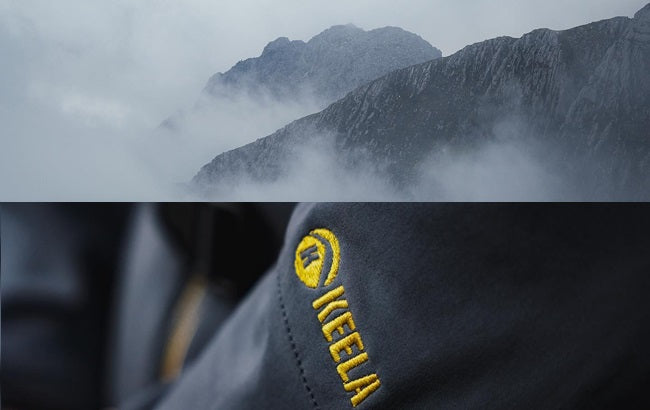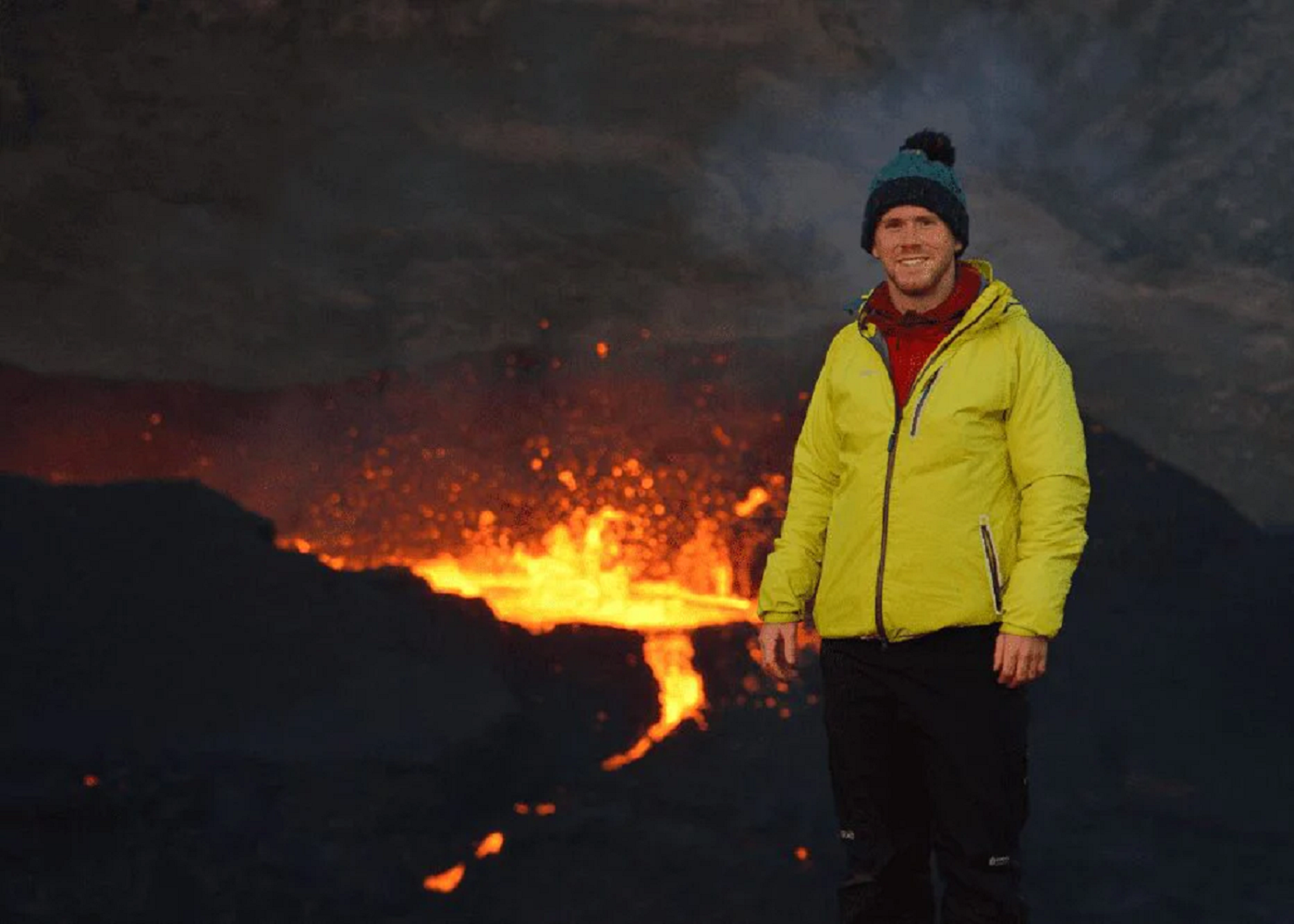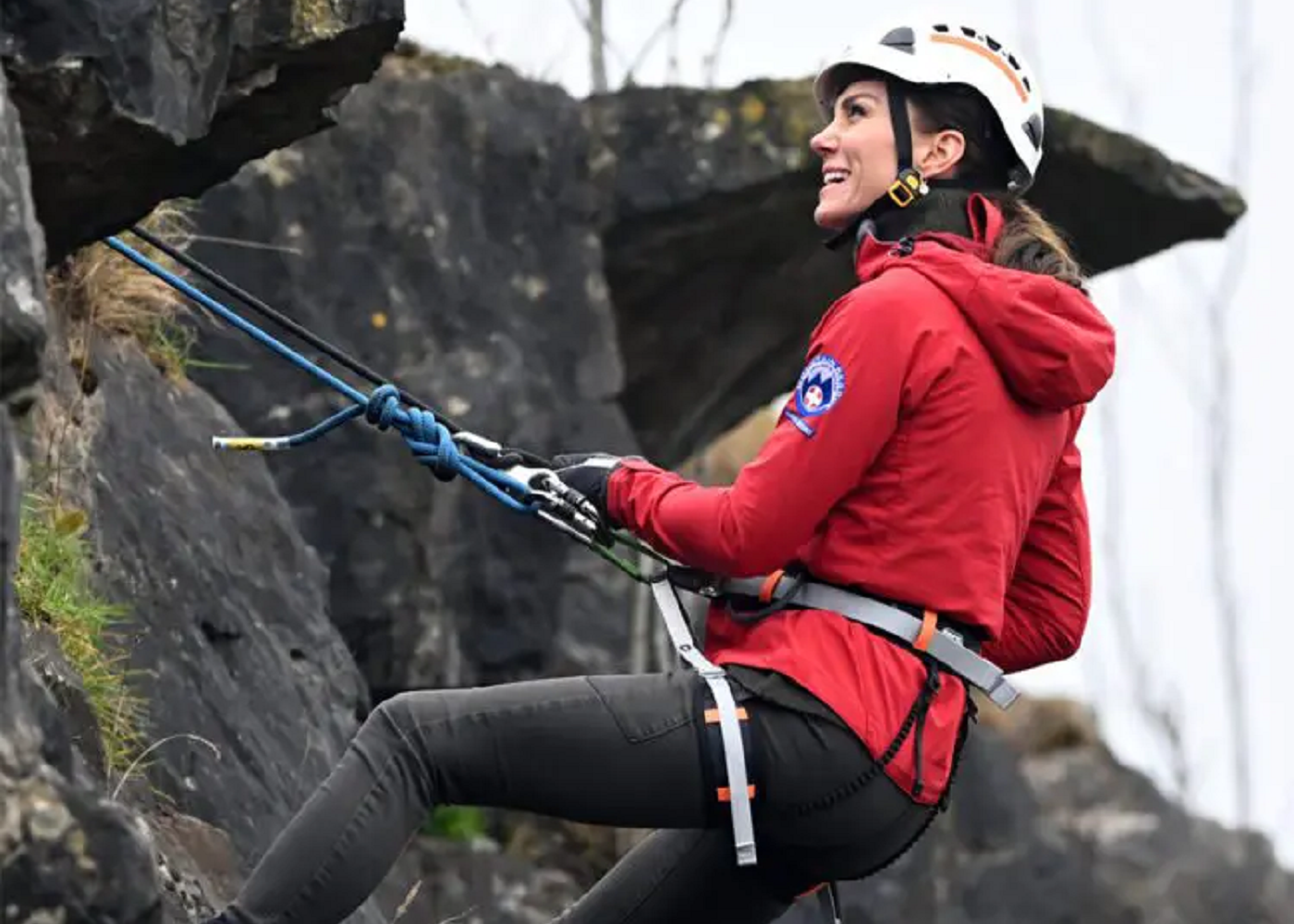Using Outer Layers
Softshell
A softshell can come in a variety of weights, it generally has a soft/stretchy outer and more focus on breathability which make them ideal for active use with lots of mobility.
Hardshell
These can be considered your classic outer layer, offering a variety of water and wind protection; and with the number of different fabrics available now, you can find the perfect one for you.
Water/wind Resistant Jackets
Lightweight and offering minimum protection from water and wind, these tend to be cheap and can be breathable. Although they don’t offer much protection they are ideal for keeping hidden in a bag in case you need a bit of quick coverage, or their breathability may make them ideal for activities such as running.
Water/windproof Non-breathable Jackets
More protection from wind and rain, but without the breathability. They are ideal for keeping in your bag for an emergency or for activities with limited movement (e.g. fishing, festivals, or outdoor events).
Water/windproof Breathable Jackets
These give the ultimate protection and can deal with a range of elements, but tend to be heavier and more expensive than other options. If you’re planning a trip up a snowy mountain, you don’t want to be without one!
Insulated
An insulated jacket can provide a lot of warmth, but is usually only water/wind resistant. If you’re out on a chilly, dry day they are ideal; and are also great for layering underneath a waterproof shell.

